Home>Ideas and Tips>Indoor Fern Garden Ideas: Lush and Leafy Home Decor
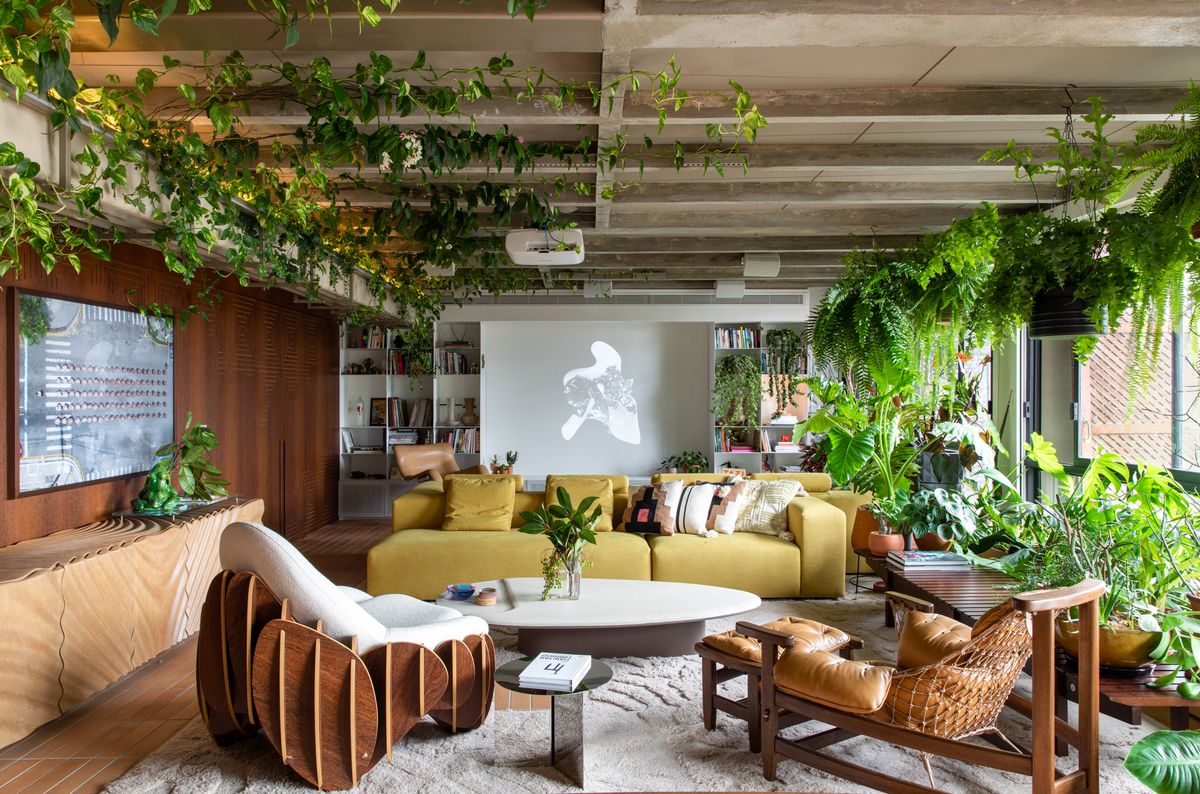

Ideas and Tips
Indoor Fern Garden Ideas: Lush and Leafy Home Decor
Modified: October 27, 2024
Discover lush indoor fern garden ideas to enhance your home decor with low-maintenance, versatile plants. Perfect for bright and dimly lit spaces.
(Many of the links in this article redirect to a specific reviewed product. Your purchase of these products through affiliate links helps to generate commission for Storables.com, at no extra cost. Learn more)
Creating an indoor fern garden is a wonderful way to bring a touch of tropical elegance into your home. Ferns are versatile, low-maintenance plants that thrive in a variety of lighting conditions, making them perfect for both bright and dimly lit spaces. Whether you're a seasoned plant enthusiast or just starting your indoor gardening journey, this article will guide you through the best ways to feature ferns in your home decor, provide essential care tips, and highlight some of the most popular types of indoor ferns.
The Allure of Indoor Ferns
Ferns have been a staple in houseplant culture for centuries, first gaining popularity in the US during the Victorian period and experiencing another surge in popularity in the 1970s. Their lush, textural fronds and ability to thrive in low-light conditions make them an ideal choice for indoor spaces. Ferns come in a wide range of species, each with its unique characteristics and growth habits, allowing you to choose the perfect variety to complement your home's decor.
Historical Significance
Ferns have been prized for their beauty and adaptability for generations. In the Victorian era, they were often used as a symbol of elegance and refinement. Today, they continue to be a popular choice for home decor due to their versatility and ease of care.
Modern Appeal
In recent years, ferns have seen a resurgence in popularity thanks to their ability to add a touch of greenery to any room. They are particularly appealing because they can be easily integrated into various decor styles, from modern minimalist to traditional and vintage-inspired settings.
Choosing the Right Ferns
With so many types of indoor ferns available, selecting the right one can be overwhelming. Here are some of the most popular varieties that are perfect for indoor gardens:
1. Kimberly Queen Fern
The Kimberly Queen Fern is a tried-and-true favorite among plant enthusiasts. Native to Australia, this fern is more tolerant of heat, sun, dry air, and occasional missed waterings compared to other varieties. Its sword-like kelly green fronds are thick and leathery, making them less prone to drying out. This fern is incredibly easy to care for, pet-friendly, and doesn’t shed its fronds—making it a great choice for those who want a low-maintenance option.
2. Blue Star Fern
The Blue Star Fern (Phlebodium aureum) is known for its unique blue-green color and dramatic leaf shape. This epiphyte grows naturally on the bark of trees and rocks, making it adaptable to indoor environments. The star-shaped fronds grow rapidly in bright, indirect light, and it’s considered non-toxic and safe for pets.
3. Crocodile Fern
The Crocodile Fern (Microsorum musifolium) is also known as the alligator fern due to its distinctive green veining that forms a crocodile-like pattern on the foliage. This epiphyte forms dense rhizomes just beneath the soil surface from which new leaves emerge. It prefers bright filtered light from a north or eastern window and good drainage.
4. Footed Fern
The Footed Fern (Phlebosia hybrid) produces wavy green foliage with deeply dissected leaves. This rare hybrid fern spreads by fuzzy creeping rhizomes from which new leaves emerge. It prefers high humidity but is more tolerant of variable humidity than some other ferns.
5. Bird’s Nest Fern
The Bird’s Nest Fern (Asplenium nidus) is one of the most popular ferns around. It has crinkled long leaves that unfurl from a central point, hence the ‘nest’ in its common name. This species can be spotted growing on trees as epiphytes in tropical regions. Confined to a container, the long fronds can reach up to 1-2 feet indoors, but outdoors they grow much larger.
Displaying Your Ferns
Ferns can be featured in various ways to add a pop of green to your decor. Here are some creative ways to display your ferns:
Grouping Them
Grouping ferns with other houseplants creates a humid microclimate that benefits the ferns. Try nestling a potted fern into a group of houseplants where the fine-textured foliage will contrast with the bold texture of common houseplants like Monstera or Fiddle Leaf Fig.
Featuring Them
Ferns can stand out on their own thanks to their lush, textural fronds. Create a focal point by placing your potted fern on a bright dining table, desk, or coffee table to add a pop of green to your decor. Elevating your fern on a cute plant stool can call extra attention to your plant of honor!.
Hanging Them
Hanging ferns is a classic way to feature them. In addition to claiming otherwise wasted space, hanging your ferns near windows puts them near the bright light they crave. Repot your beauties into sleek hanging baskets, or turn any pot into a hanging pot with plant hangers.
Care Basics
No matter which fern you choose, they all share a few common care requirements:
Lighting
Ferns generally prefer medium to bright indirect light. The brighter the light, the faster they’ll grow. Exposure to soft morning sunlight is fine, but avoid prolonged periods of harsh afternoon sunlight which can scorch their thin leaves.
Watering
Ferns enjoy consistently moist soil. Soil moisture is more important than humidity for most ferns, so aim to keep your ferns evenly watered in order to avoid browning fronds. Most indoor ferns will need water every 3-5 days, but be sure to check the soil moisture to avoid overwatering your plants. They won’t mind an occasional misting either!.
Humidity
Most ferns prefer high humidity. Use a room humidifier, mist your plants frequently, or place pots on a tray of pebbles and water. Don’t allow the bottom of the pot to sit in water to prevent root rot.
Read more: How To Build An Indoor Garden
Temperature
Keep indoor temperatures moderately warm, between 60 to 72 degrees F. Protect plants from sudden temperature changes and cold drafts.
Airflow
Ferns despise strong airflow. Avoid placing your fern where it will be exposed to forced-air vents, fireplaces, or drafty doors and windows. These conditions dry out the air and the soil of your plants, which can cause unnecessary leaf browning. Any crispy fronds can be cut away at soil level with clean, sharp snips.
Designing with Ferns
Designing an indoor fern garden involves creating a balanced composition that highlights the unique characteristics of each fern. Here are some tips for designing with ferns:
Contrast
The key to making plant combinations satisfying is contrast. Place plants that look markedly different next to each other. For example, contrast a finely cut fern with a large, solid hosta, or place a spiky bugbane behind a few horizontally spreading ferns.
Read more: How To Store Ferns For The Winter
Repetition
Achieve repetition by using plants with similar appearance and bloom time in various locations. This creates a cohesive look throughout your garden. For example, use low-growing ground covers like creeping phlox to spread between larger plants, thus knitting the composition together.
Placement
Place large elements toward the back of the border and repeat them elsewhere but not directly across from each other to bring a sense of unity to the garden. Use larger plants singly as specimens to avoid overwhelming the garden visually. Closer to the path, plant shorter ferns and smaller plants in groups of three or more so their size equals more or less the mass of the larger plant behind them.
Tips for Growing Ferns Indoors
Growing ferns indoors requires attention to a few key factors:
Containers
Pots should be slightly larger than the root ball with adequate drainage holes. This ensures that excess water can drain out and prevents root rot.
Read more: The Best Plants For A Beautiful Indoor Oasis
Soil
Indoor ferns grow best in a high-quality, all-purpose potting mix. For epiphytes, use a soilless medium such as charcoal, sphagnum moss, fir bark, or cocoa coir, or a pre-made orchid potting mix.
Fertilizing
Indoor ferns benefit from some fertilizer to keep their foliage a healthy green. Feed with an all-purpose, water-soluble fertilizer or fish emulsion at half strength once a month during the growing season. Cease fertilizing during winter months when plants go semi-dormant.
Common Issues with Indoor Ferns
While ferns are generally low-maintenance plants, they can still face some common issues:
Overwatering
One of the most common mistakes when caring for ferns is overwatering. Make sure to check the soil moisture regularly and avoid watering too frequently. This can lead to root rot and other problems.
Read more: Essential Houseplants For Cleaner Indoor Air
Pests and Diseases
Inspect your plants frequently for signs of pests or diseases. Treat symptoms accordingly. Common pests include spider mites, mealybugs, and scale. Diseases such as root rot can be prevented by ensuring proper drainage and avoiding overwatering.
Conclusion
Creating an indoor fern garden is a rewarding experience that can add beauty and elegance to any room. With so many types of ferns available, each with its unique characteristics and growth habits, you can choose the perfect variety to complement your home's decor. By following the care basics outlined above and using creative display ideas, you can create a lush and leafy home decor that will thrive for years to come.
Whether you're looking to add a touch of tropical elegance or simply want to enhance your home's natural beauty with some greenery, indoor ferns are an excellent choice. So go ahead, explore the world of indoor-friendly ferns, and discover which type will be the perfect addition to your indoor garden.
By following these tips and guidelines, you'll be well on your way to creating a stunning indoor fern garden that brings joy and serenity into your home. Happy planting
Was this page helpful?
At Storables.com, we guarantee accurate and reliable information. Our content, validated by Expert Board Contributors, is crafted following stringent Editorial Policies. We're committed to providing you with well-researched, expert-backed insights for all your informational needs.
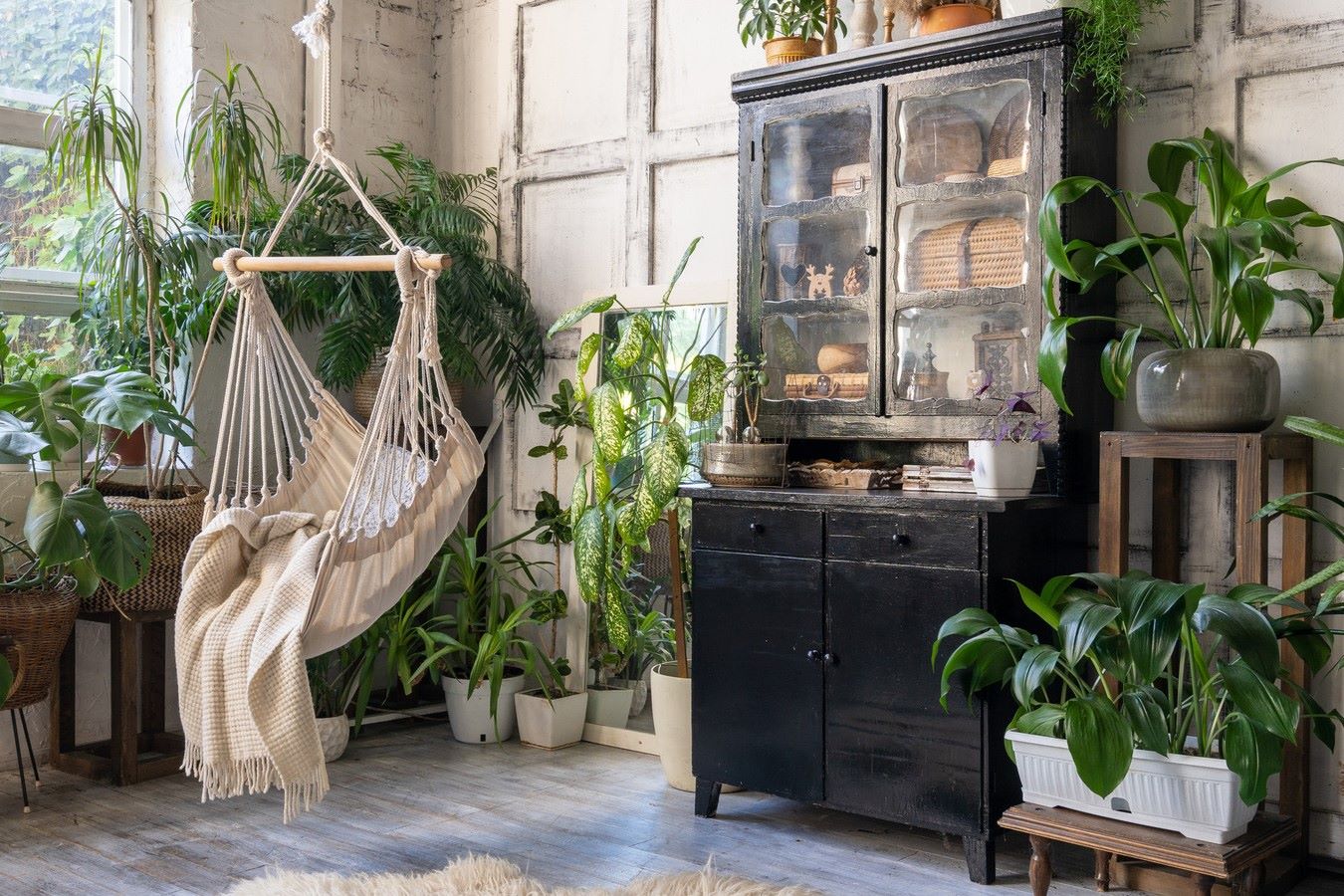
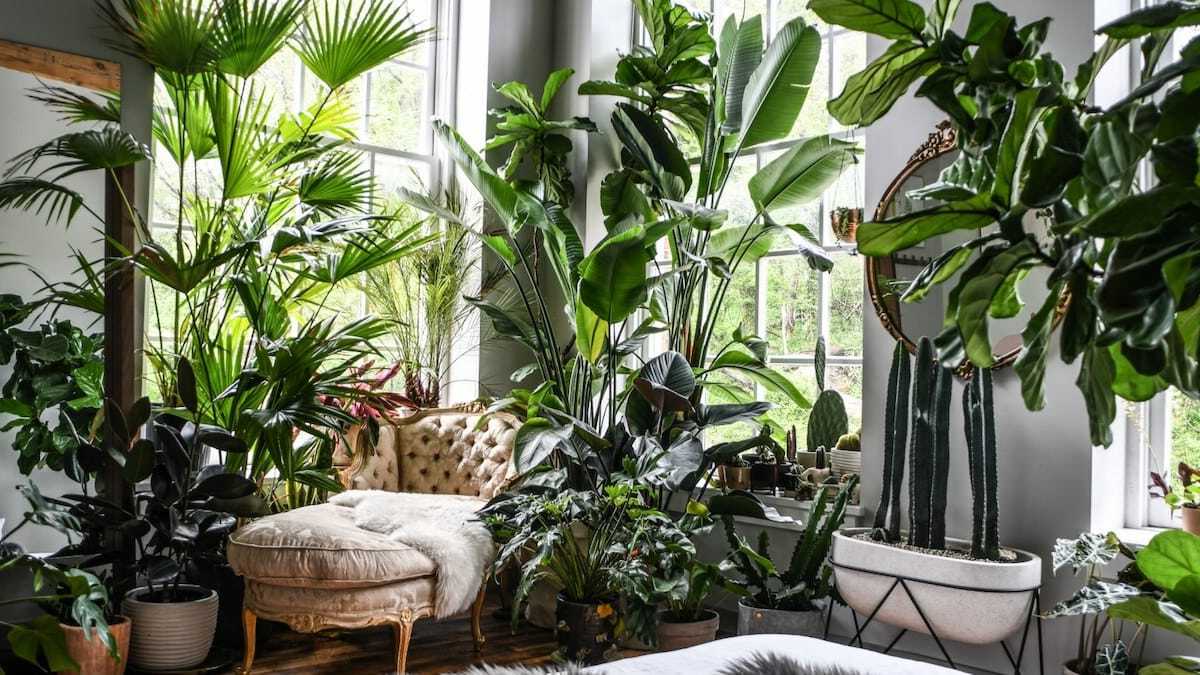
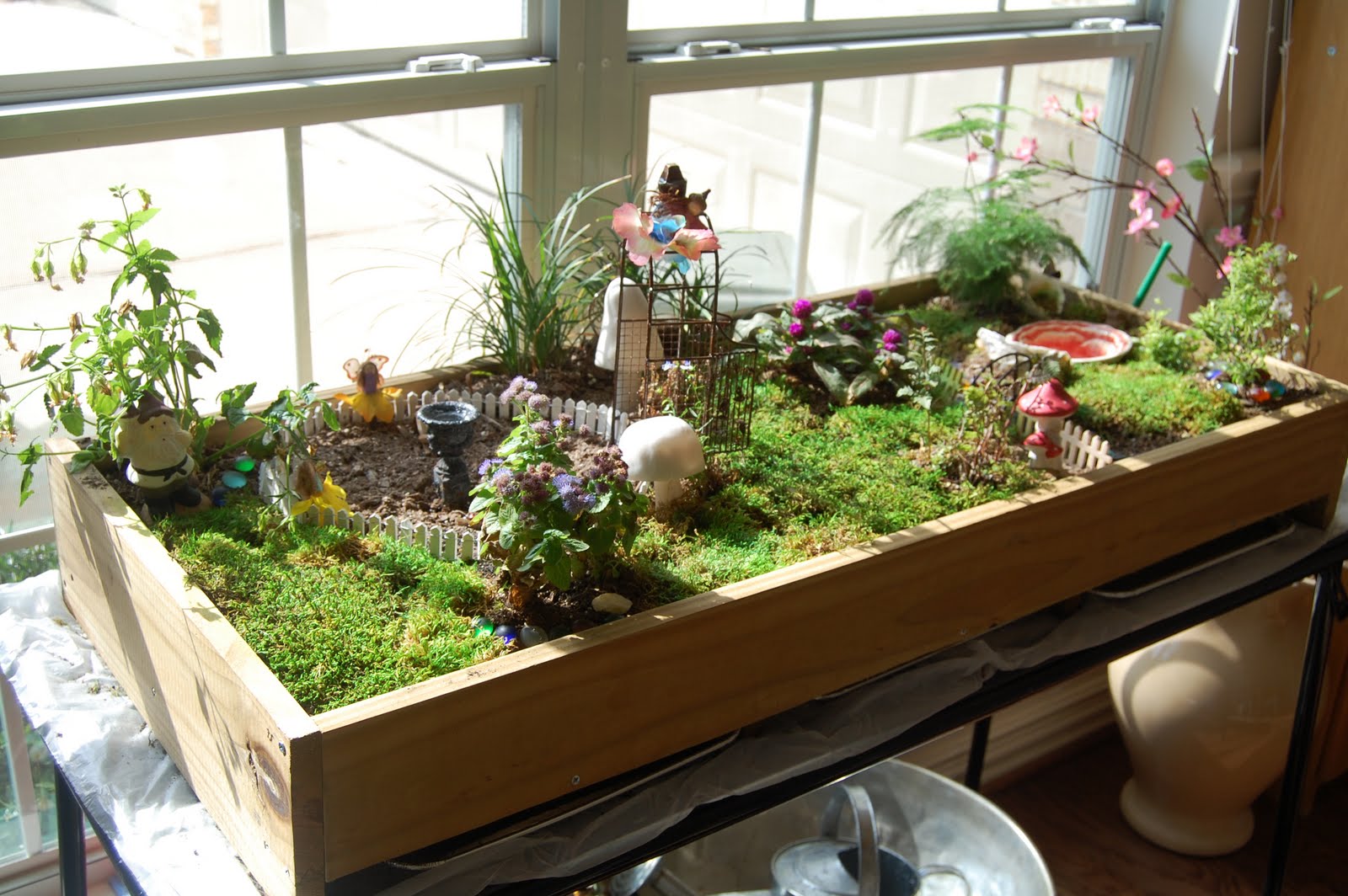
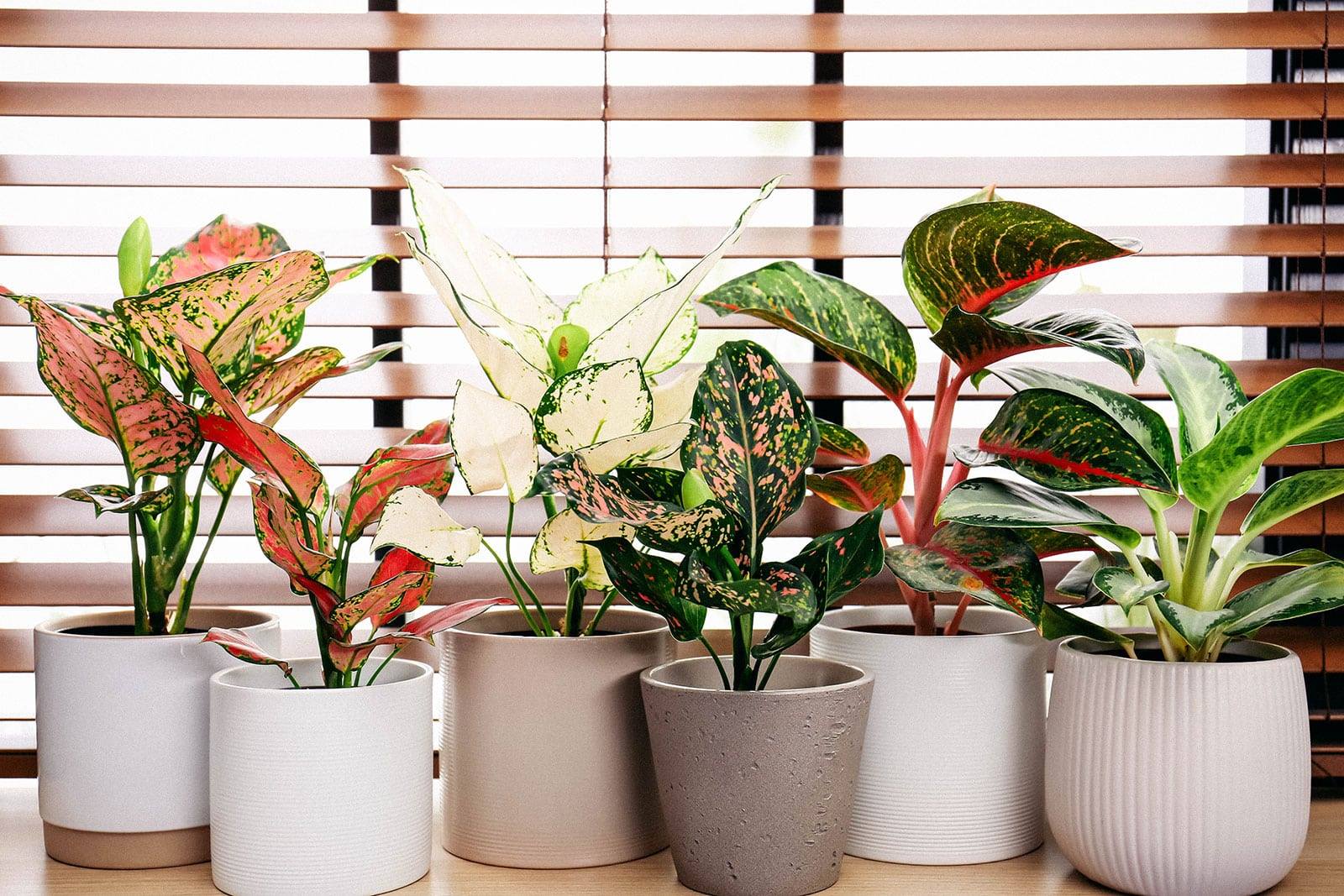
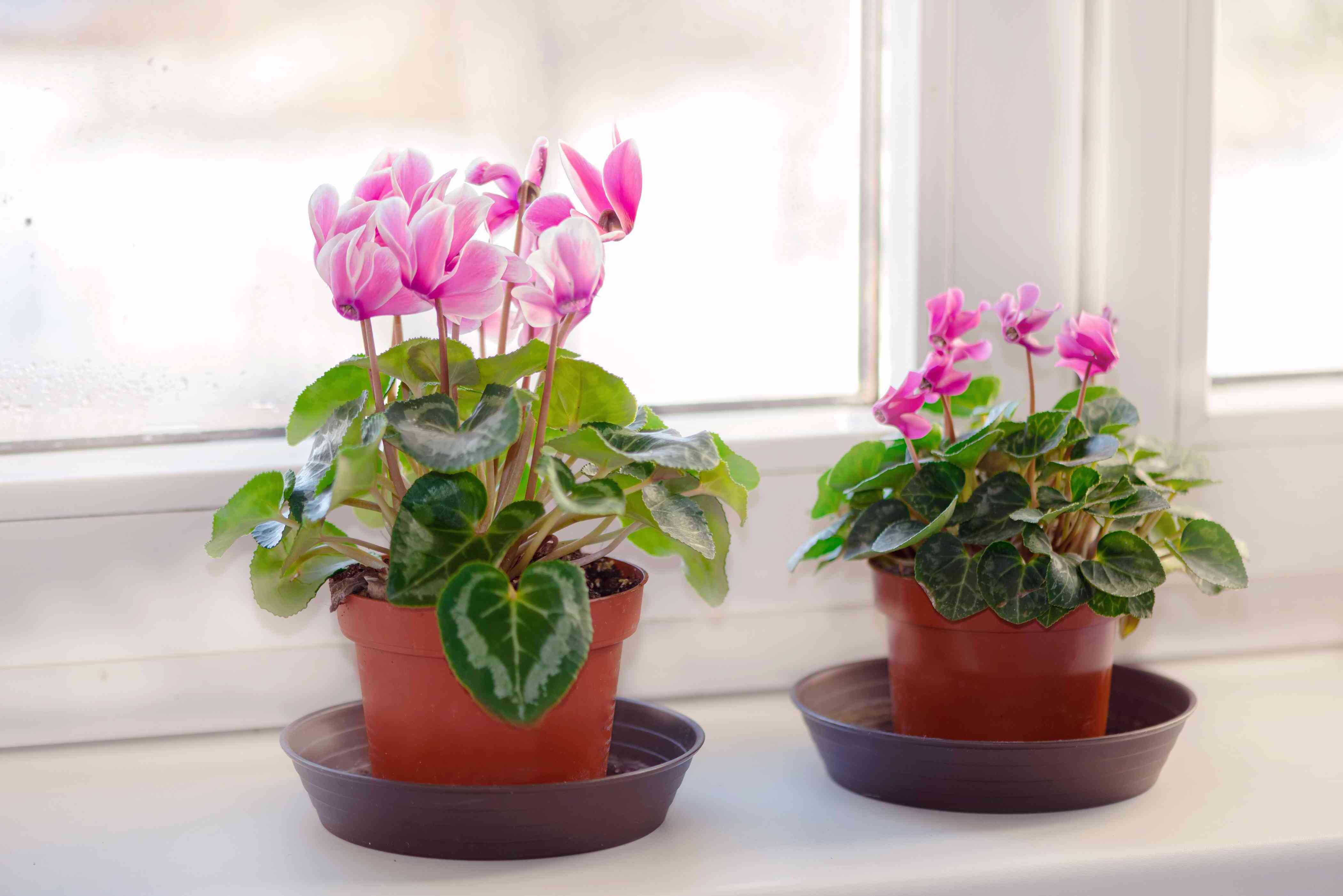
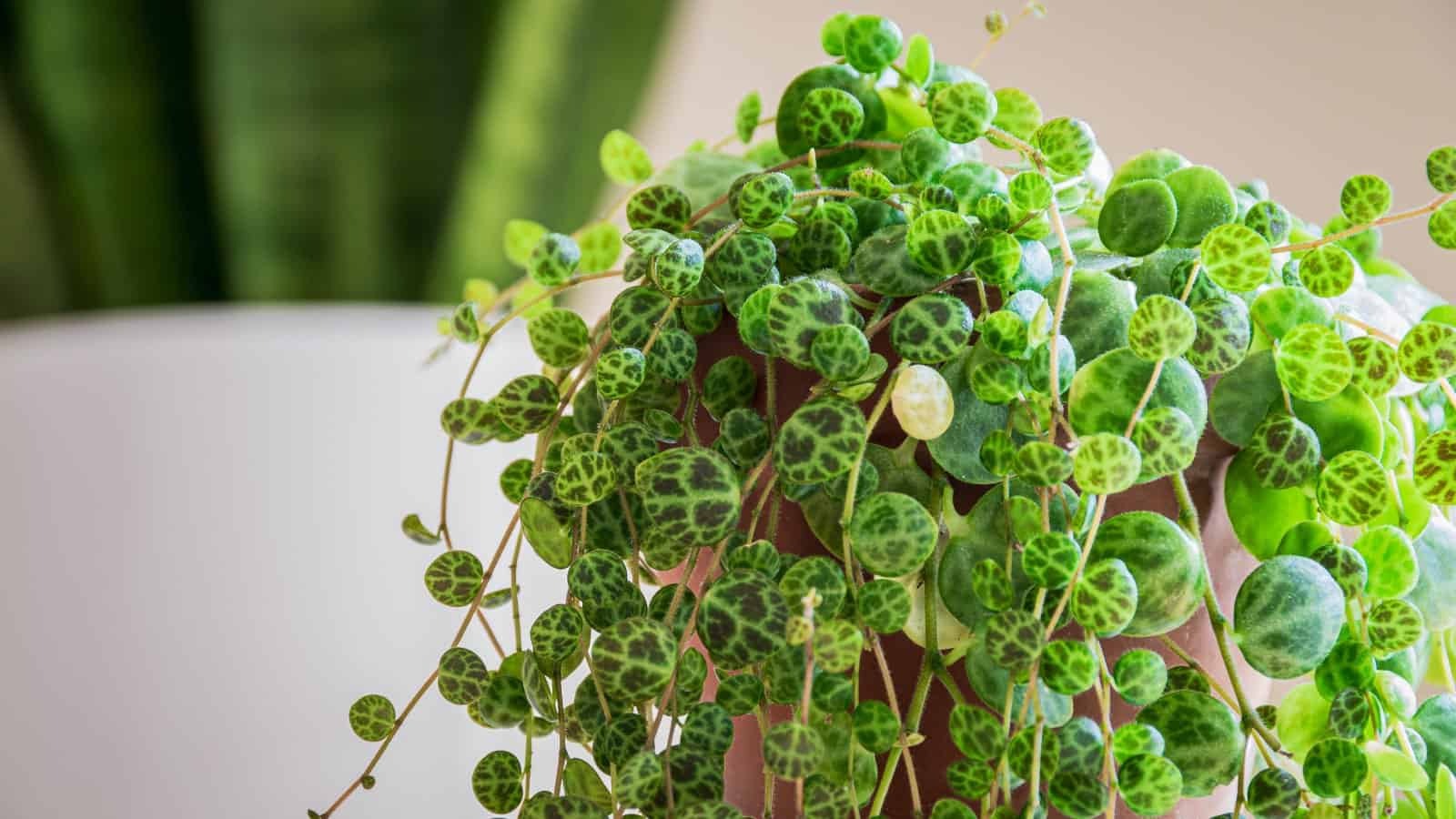
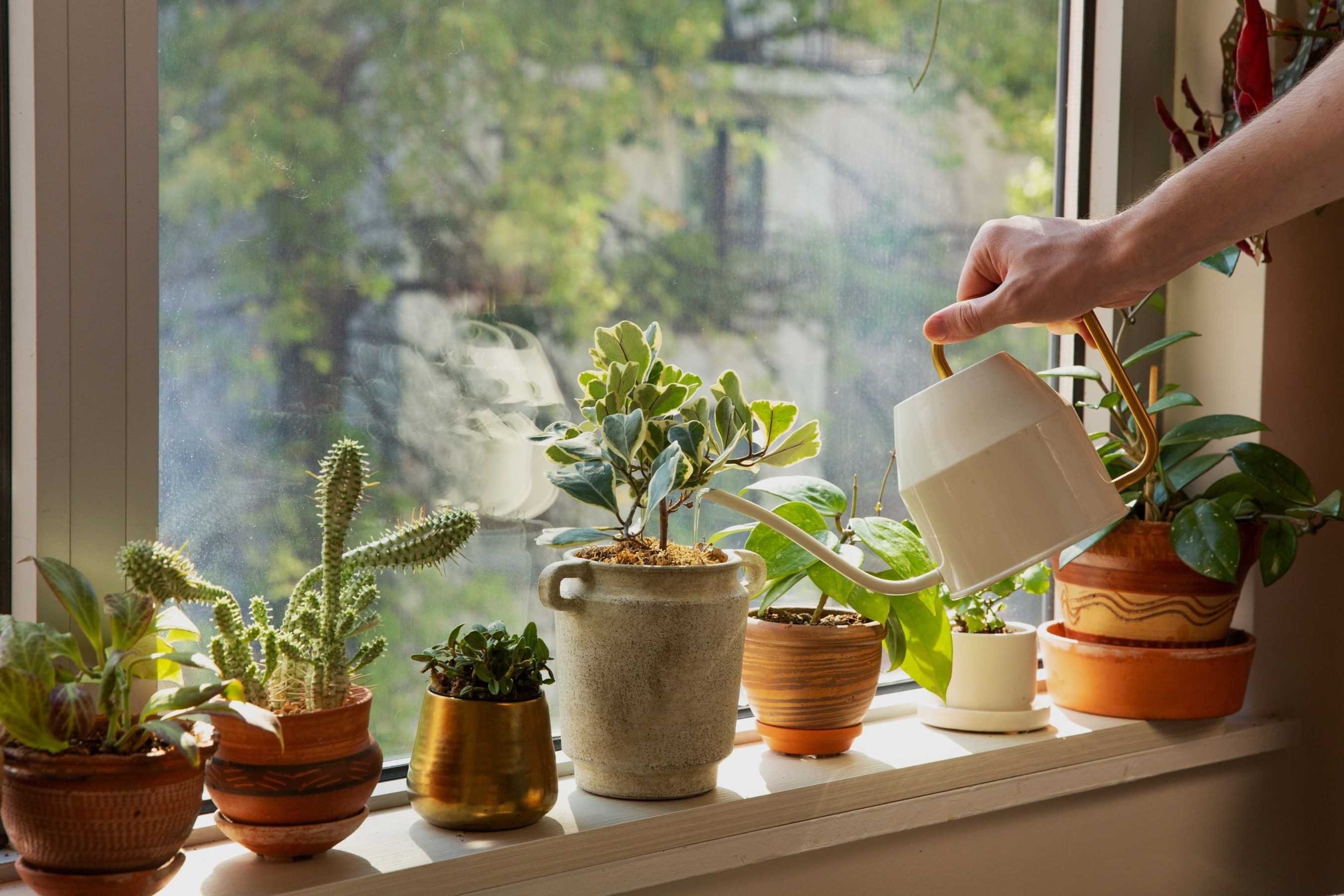
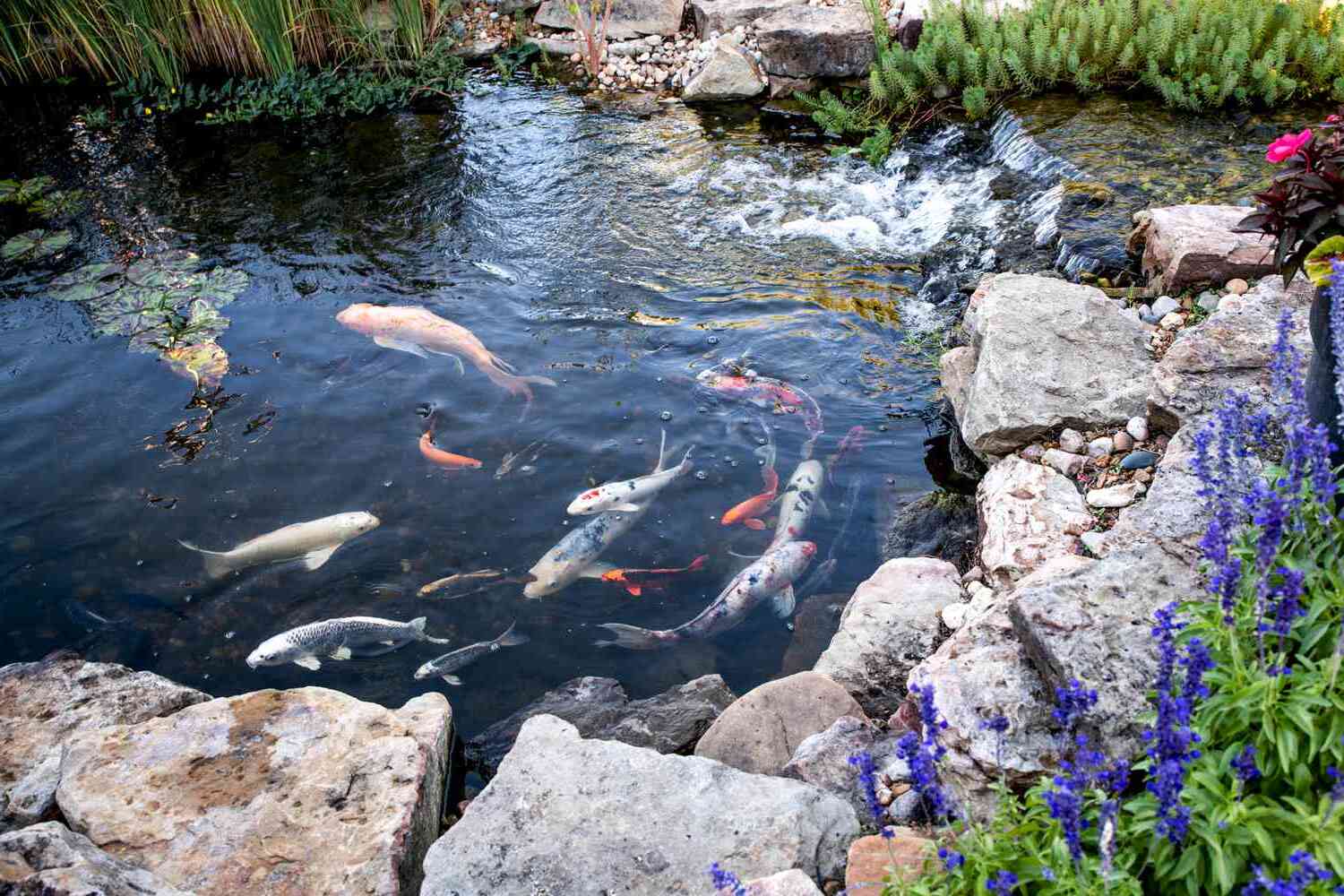

0 thoughts on “Indoor Fern Garden Ideas: Lush and Leafy Home Decor”